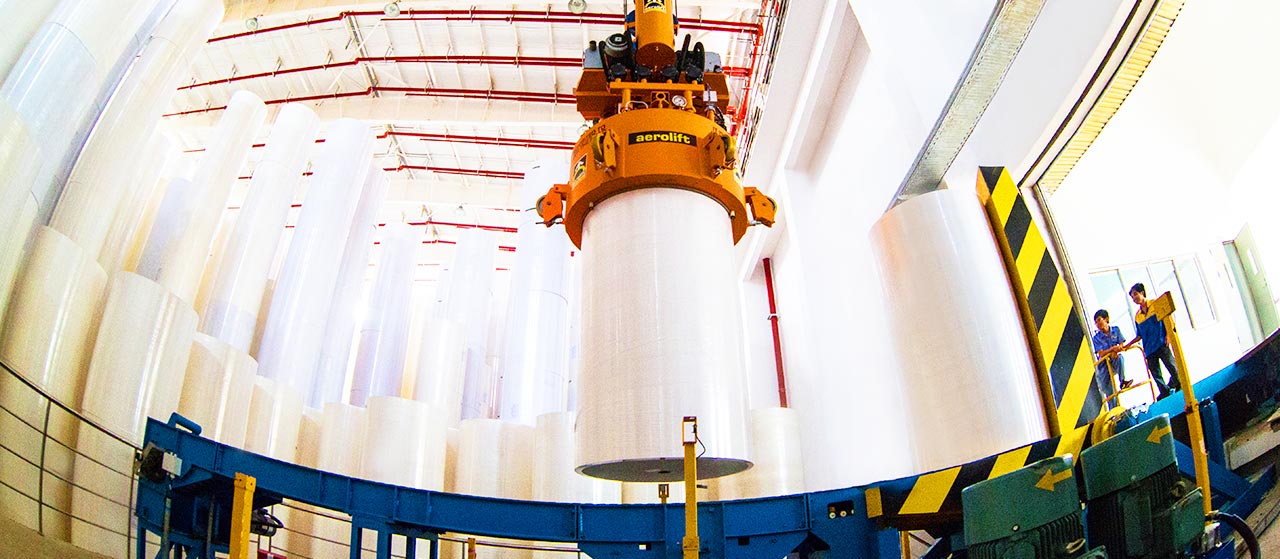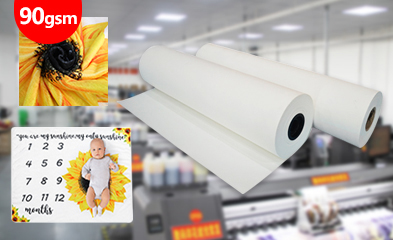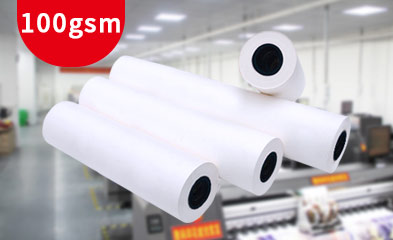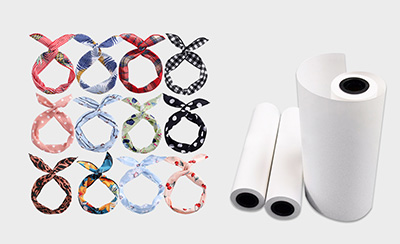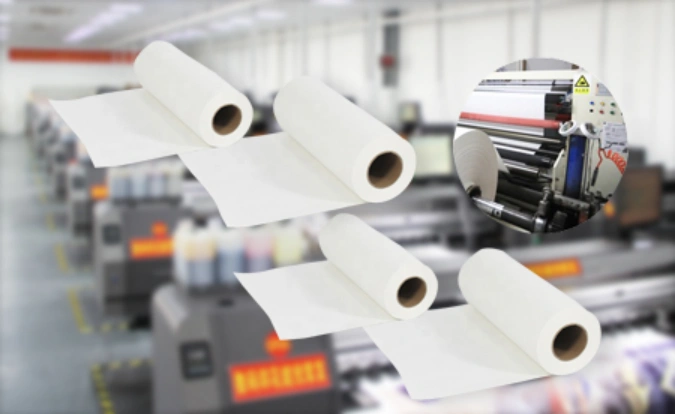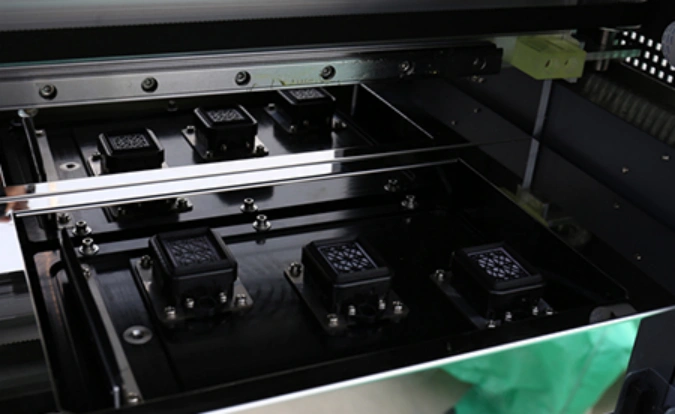HOT SALE
Phone:+86-15215969856 E-Mail: 396838165@qq.com
Sublimation printing is a big deal in today’s textile world. It’s great for sportswear, promotional items, and custom clothes. Among fabrics, 100% polyester is the best for sublimation. But getting bright, long-lasting prints isn’t just about picking the right fabric. You need to understand how heat works in the process. This article explores how to use heat wisely for sublimation on polyester. It helps you get pro-quality results.
Basics of Sublimation Printing on Polyester
Before jumping into heat settings and fixes, let’s cover how sublimation works. We’ll also see why polyester is the top choice.
What Sublimation Is and How It Works
Sublimation is a cool digital printing method. Solid dye particles turn into gas without becoming liquid first. With high heat and pressure, these dye gases sink into polyester fabric fibers. When cooled, they harden and form a strong bond. This makes prints bright, tough, and resistant to fading or cracking.
Why Polyester is Ideal for Sublimation
Polyester’s man-made structure makes it perfect for sublimation dyes. Its fibers have open pores. These pores expand with heat, letting dye gases go deep inside. When the fabric cools, the pores close and trap the dye. This strong bond keeps colors bright and images sharp. Natural fibers like cotton can’t do this.
Key Differences Between Polyester and Other Fabrics
Natural fibers like cotton or wool don’t have the right structure to hold sublimation dyes. Blends with some polyester can take a bit of color. But you need at least 65% polyester for okay results. For super bright colors and clear details, 100% polyester is the best.
Importance of Correct Heat Settings in Sublimation
Moving from fabric types to process control, heat is a key factor in great sublimation printing.
How Heat Affects the Sublimation Process
Heat wakes up the Sublimation Ink. It also opens polyester fibers. If the heat is too low, the ink won’t turn into gas or sink into the fabric. If it’s too high, you might burn or ruin the material. So, exact heat control is a must for steady results.
Recommended Temperature Range for 100% Polyester
For 100% polyester, the best heat range is 380°F to 400°F (193°C to 204°C). At this range, most Sublimation Inks fully turn to gas and stick well to polyester fibers. The fabric stays safe.
The Role of Time and Pressure Alongside Heat
Heat alone isn’t enough. Time and pressure need to be right too. A common setting is 400°F for 45–60 seconds with medium pressure. Too much time or pressure can cause blurry or bleeding designs. Too little can make prints look faded.
Common Mistakes When Applying Heat for Sublimation
Even skilled users can mess up and hurt print quality. Here are some common heat-related errors.
Using Incorrect Temperature Settings
Using heat below 380°F can make prints look dull or unfinished. Going above 400°F might discolor the fabric or make the ink too heavy. Always set the right temperature.
Inconsistent Heat Distribution
Uneven heat across the press plate causes spotty transfers. A high-quality Heat Transfer Machine with even heat spread is key for dependable results.
Overheating or Underheating the Fabric
Too much heat can yellow white polyester or melt thin fabrics. Too little heat won’t activate the dye properly. Always test settings before full runs.
Ignoring Environmental Factors (Humidity, Room Temperature)
Room humidity can affect paper and ink. High humidity might cause blurry prints or ghosting due to steam during pressing. Keep your workspace cool and dry for consistent results.
Optimizing Heat Transfer for High-Quality Results
To get awesome sublimation results on polyester, prep and equipment setup are vital.
Choosing the Right Heat Press Machine
A good Heat Transfer Machine with adjustable heat controls and even pressure is a must. Don’t use household irons. They lack the steady heat and pressure needed for sublimation.
Calibrating Heat Press Settings Accurately
Use tools like infrared thermometers or temperature strips to check your press’s heat. This ensures the set temperature is actually applied during transfers.
Pre-pressing the Fabric to Remove Moisture and Wrinkles
Pre-press polyester fabric for 5–10 seconds before adding Sublimation Paper. This removes moisture and smooths wrinkles that could mess up ink transfer.
Tools and Materials That Affect Heat Efficiency
Besides machines and fabric, other materials play a big role in how well heat works during sublimation.
Types of Sublimation Paper and Their Heat Sensitivity
High-quality Sublimation Paper boosts ink release under heat. It reduces curling or warping. For example, 50gsm Factory Supply High Quality Jumbo Roll Sublimation Paper has a great transfer rate and dries fast. Changfa Digital offers papers in 29gsm, 35gsm, 40gsm, 50gsm, 60gsm, 70gsm, 90gsm, and 100gsm. These suit different print sizes and fabric types.
Impact of Sublimation Ink Quality on Heat Performance
Not all inks work the same under heat. Changfa Digital’s Sublimation Ink has a wide color range and bright shades. It includes strong black coverage for vibrant results when used at the right heat.
Protective Accessories: Teflon Sheets, Blowout Paper, and Heat Tape
Use blowout paper or Tissue Paper between the press plate and fabric to catch extra ink. Changfa Digital’s Tissue Paper is 30GSM (white) with widths of 160cm, 162cm, 180cm, or 182cm. Teflon sheets prevent burning. Heat-resistant tape keeps designs in place during pressing.
Troubleshooting Poor Sublimation Results
When prints don’t turn out right, troubleshooting helps find the problem.
Identifying Signs of Incorrect Heat Application
Faded images mean not enough heat or time. Yellowed spots show too much heat. Blurry edges often come from the paper shifting during pressing. This might happen due to loose tape or quick pressure release.
Fixing Ghosting, Blurring, and Color Fading
Ghosting happens when Sublimation Paper moves slightly after pressing starts. Use more tape or slow down pressure release. For fading, check if your press holds the target heat evenly across the surface.
Adjusting Settings Based on Fabric Weight and Color
Thicker fabrics may need more pressing time. Darker polyesters often require higher heat or longer times to let inks sink in without warping.
Introduction to Changfa Digital as a Trusted Supplier
For steady sublimation results on polyester, teaming up with a skilled supplier is a game-changer. Changfa Digital offers top-notch solutions for every step of production.
Changfa Digital’s Background
Changfa Digital is a professional Sublimation Paper maker with 12 years in digital printing. They also supply printing services for over 15 years. Their factory produces high-quality sublimation papers.
Changfa Digital’s Product Range
Their products cover all sublimation needs:
- Sublimation Paper: Offers 40gsm to 100gsm with various widths.
- Sublimation Ink: Uses eco-friendly, safe solvents with a wide color range.
- Printers: Work with Epson I3200 nozzles and others for high-quality prints in industrial settings.
- Heat Transfer Machines: Offer precise control over heat and pressure for accurate transfers on polyester.
- Tissue Paper: 30GSM (white) in widths of 160cm, 162cm, 180cm, or 182cm, great for protecting during pressing.
Why Choose Changfa Digital for Your Sublimation Needs
Changfa Digital provides 24-hour support. You can customize with samples. Their expert team offers pro services. These make Changfa a great partner for scaling up or starting new in textile printing.
Summary of Key Takeaways
Sublimating on polyester needs more than just the right materials. You must control heat precisely and use quality tools:
- Keep heat between 380°F–400°F.
- Use top-grade materials like 60gsm Fast Dry Sublimation Paper Roll with pro inks.
- Avoid mistakes like uneven heat or ignoring room conditions.
- Work with trusted suppliers like Changfa Digital for full support from inks to presses.
FAQs
Q1: What is the ideal temperature for sublimating on 100% polyester?
A: The best range is 380°F to 400°F (193°C to 204°C). This ensures inks turn to gas properly without harming the fabric.
Q2: Can I use a household iron instead of a Heat Transfer Machine?
A: No. Household irons don’t have steady heat or pressure for sublimation. A dedicated Heat Transfer Machine is key for pro results on polyester.
Q3: Why does my design look faded after pressing?
A: Faded designs often come from low heat or short pressing time. Make sure your press hits at least 380°F evenly across the surface for full ink activation.



